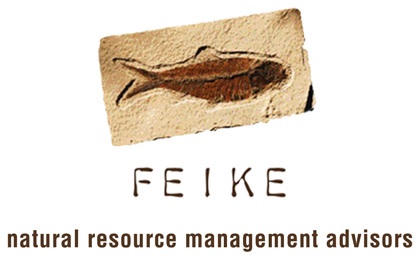Ministers and representatives of the ten African countries sharing the Western Indian Ocean have signed a strategic new agreement to protect their marine environments. They have devised a 25-year programme of action aimed at ensuring efficient management of the marine and coastal environment in the larger Eastern and Southern African region. The programme was launched during the Conference of Plenipotentiaries and the Sixth Conference of Parties (COP–6) to the Nairobi Convention which was held at the United Nations Environment Programme (UNEP) Headquarters at Gigiri in Nairobi, Kenya, from 29 March to 1 April 2010.
The two instruments are;
1) The new Protocol for the Protection of the Coastal and Marine Environment of the Western Indian Ocean from Land-based Sources and Activities.
The formulation of the Protocol is a result of wide recognition by the governments in Eastern Africa that pollution from land-based sources and activities in Eastern Africa is a major threat to the marine and coastal environment. It is expected that the agreement will bind the governments towards a common objective of preventing, reducing, mitigating and controlling pollution from land-based sources and activities to protect and sustain the marine and coastal environment in the Western Indian Ocean. With the signing of the final agreement, the Western Indian Ocean region becomes one of the three regional seas in the world to have a regional agreement focused on the control of land-based activities degrading and or polluting the marine waters of the region. The other regions with a similar agreement include the Wider Caribbean and the Mediterranean Sea.
2) The Strategic Action Programme (SAP) for the Protection of the Coastal and Marine Environment of the Western Indian Ocean from Land-based Sources and Activities
The SAP will address the challenges faced by governments in the region in dealing with increasing pollution of coastal waters, the destruction and degradation of critical habitats, changes in freshwater flow as well as challenges resulting from global climate change.
For more information on the Protocol and the SAP, please visit the UNEP website at: http://www.unep.org/ and the Nairobi Convention website at http://www.unep.org/NairobiConvention

No comments:
Post a Comment